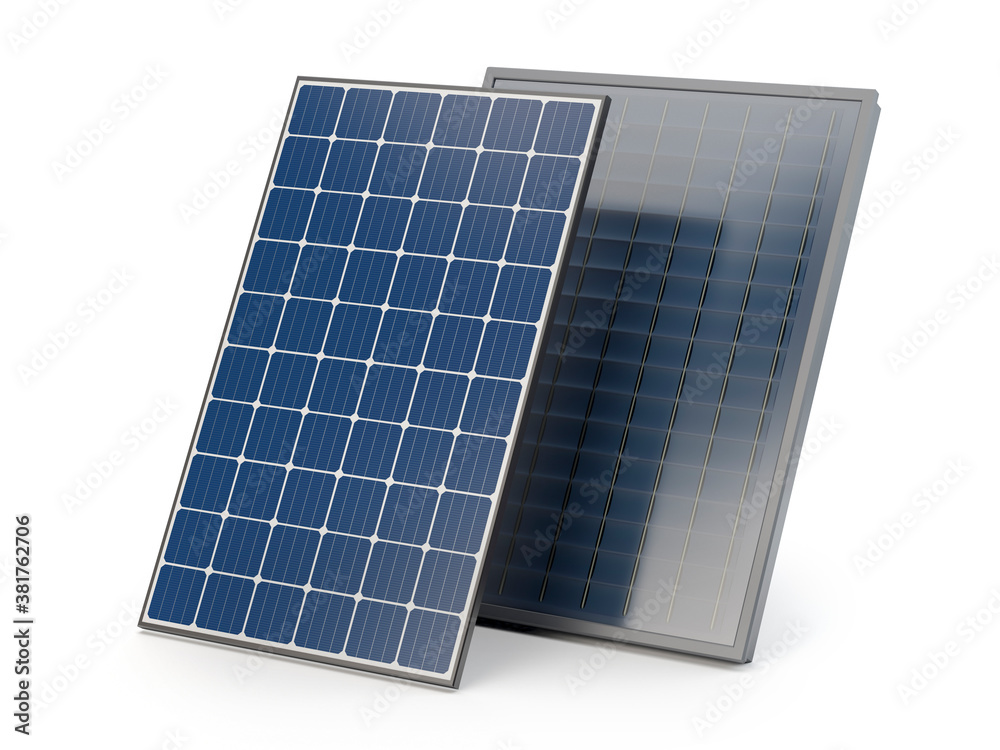In the face of increasing hurricane activity in the Caribbean, researchers have developed an innovative model for “super grids” that promise to maintain electricity during extreme weather events. This groundbreaking approach aims to create interconnected grid systems capable of withstanding the harsh impacts of hurricanes, ensuring a reliable power supply when it is needed most.
The Concept of Super Grids
Super grids are advanced, highly interconnected electricity networks that span large geographical areas. Unlike traditional grid systems, which can be easily disrupted by natural disasters, super grids integrate multiple energy sources, including renewable ones like solar and wind power. This diversification not only enhances the resilience of the power supply but also contributes to environmental sustainability.
How Super Grids Work
The model for super grids developed by researchers focuses on several key components:
- Interconnectivity: By linking various local grids across the Caribbean, super grids can balance power loads and reroute electricity in case of local failures. This interconnectivity ensures that even if one area is affected by a hurricane, other areas can support it with their power supply.
- Renewable Energy Integration: Incorporating solar and wind energy into the grid reduces reliance on fossil fuels and enhances the grid’s resilience. Renewable sources are less likely to be disrupted during hurricanes, as they are decentralized and often spread over wide areas.
- Advanced Grid Management: Utilizing smart grid technology, super grids can monitor and manage electricity flow in real time. This allows for immediate adjustments to be made in response to disruptions, minimizing downtime and maintaining a stable power supply.
Benefits of Super Grids
Enhanced Resilience
The primary benefit of super grids is their ability to maintain electricity during hurricanes. Traditional grids often suffer extensive damage, leading to prolonged power outages. Super grids, with their interconnected nature and multiple power sources, can quickly compensate for localized disruptions, ensuring continuous power supply.
Environmental Sustainability
By harnessing renewable energy, super grids significantly reduce carbon emissions. The Caribbean, with its abundant sunlight and wind, is ideally suited for this approach. Increased use of renewables not only helps in combating climate change but also makes the energy supply more stable and less dependent on imported fuels.
Economic Advantages
Maintaining power during hurricanes can prevent substantial economic losses. Businesses and essential services like hospitals rely on continuous electricity. Super grids can help ensure these services remain operational, reducing the economic impact of natural disasters.
Implementation Challenges
While the benefits are clear, implementing super grids in the Caribbean comes with challenges. High initial investment costs, the need for technological upgrades, and the complexity of coordinating between different islands are significant hurdles. However, the long-term advantages of a resilient and sustainable power supply make these challenges worth addressing.
Conclusion
The development of super grids represents a promising solution to the ongoing threat of hurricanes in the Caribbean. By creating a robust, interconnected network that integrates renewable energy sources, super grids can maintain electricity during extreme weather events, ensuring resilience, sustainability, and economic stability. As climate change continues to increase the frequency and intensity of hurricanes, investing in such innovative solutions becomes not just beneficial, but essential for the future of the Caribbean.
Image by WikiImages from Pixabay








